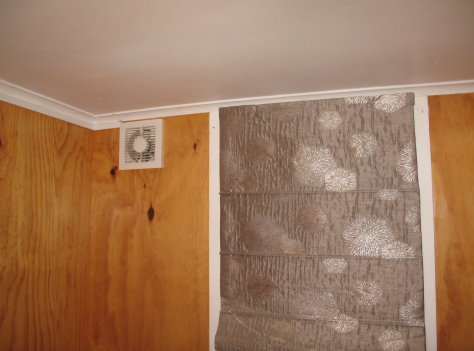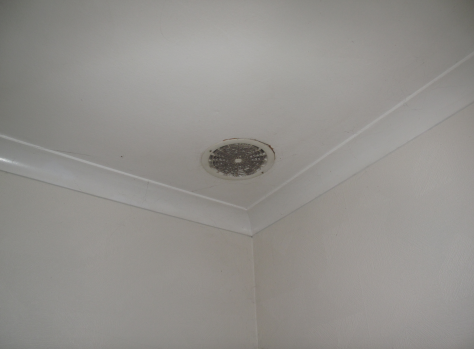Editor’s note: Another weekly column in the Wanganui Chronicle.
Oops! What a difference a word makes. In last week’s column I inadvertently used “our home” when I should have used “a home” when referring to a positive pressure ventilation system. In the context of explaining that dehumidifiers are valuable at times, I wrote:
“It’s there at the ready should we need it, but like a positive pressure ventilation system installed in a roof cavity it only removes the damp that is already inside our home.”
Please note we do not have a positive pressure ventilation system nor would I ever consider installing one. They are expensive and research shows that they make homes two to three degrees colder. As such, they are certainly not suited to an eco-thrifty approach to low-cost / high-performance housing.
The term “positive pressure” may not be familiar to you, but the name brands certainly will be. The two largest companies are known by their initials and are more-or-less household names in New Zealand. Smaller companies tend to put a snappy word in front of the word “vent” to brand themselves. Fictional examples would be Platinum-Vent, Uber-Vent, or Sweet-As-Vent.
To the best of my understanding, positive pressure ventilation systems make homes colder in two ways. The first and most obvious way is that they pump cold, dry air from the roof cavity into the living spaces. This tends to make homes dryer at the expense of warmth.
The other way requires a more holistic understanding of how a home functions, so we can expect letters of complaint to the Chronicle from those ardent writers who neither read for comprehension nor tend to believe in scientific research.
As I have written dozens of times over the last 40 months, restricting airflow around curtains is critical to their functioning as window insulation. Closing off the top of a curtain track with a pelmet or similar strategy, and ensuring that curtains touch the floor are the most important factors in curtain performance. But at least one positive pressure ventilation company specifically recommends that purchasers of their system leave the tops and bottoms of curtains open to allow ample airflow. This advice makes homes colder.
Aside from the accidental miswording, last week’s column was all about arresting moisture before it builds up in a home. Dehumidifiers and positive pressure ventilation are after-the-fact approaches. They treat symptoms of unhealthy homes. But like modern medicine, treating causes is better and more cost effective than treating symptoms.
With this in mind, here is a question from a Chronicle reader.
What is the best covering for bathroom windows? I have a large window over the bathroom vanity. I like to keep the bathroom door open for ventilation but all winter the cold is coming in via the window. Wary about putting thermal curtains up in a room prone to moisture. I have a showerdome which is brilliant at minimising steam from shower. Your advice would be appreciated. – Liz Solly

Thanks Liz,
There is no reason that any bathroom cannot have a curtain or Roman blind. The key, as you have identified, is managing moisture. Shower Domes are great, as is a similar product called Steam Stopper. But in both cases, an extractor fan with a ten-minute delay timer may be an additional measure to ensure that the bathroom won’t suffer from perennially high humidity. From this perspective, any type of window covering should do, although I would avoid cotton. Manage moisture first and effectively at its source, and then you should never have to worry about mould.

Along the same lines, I got this feedback from another reader:
“Since [we] put polythene under my house, my home is significantly warmer and drier. In the kitchen it was common for me to have large damp patches appearing on my wooden floor, so bad I used to think that the kids had spilled something without telling me! Since the polythene went down there is no sign whatsover of that rising damp…. My home feels healthier, drier and warmer, my only regret is that I wish I would have done this years ago. Thoroughly recommend. Thank you Nelson. 🙂 ”
Peace, Estwing


